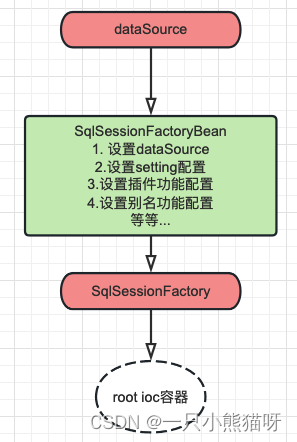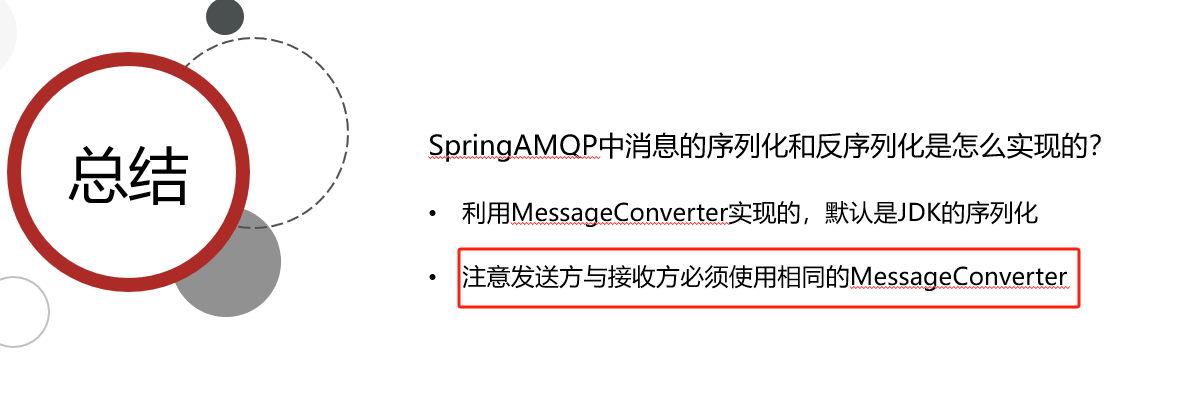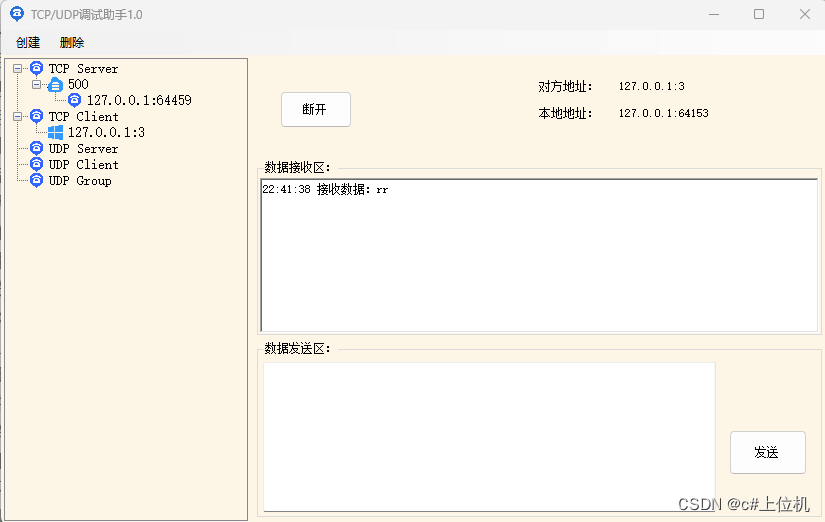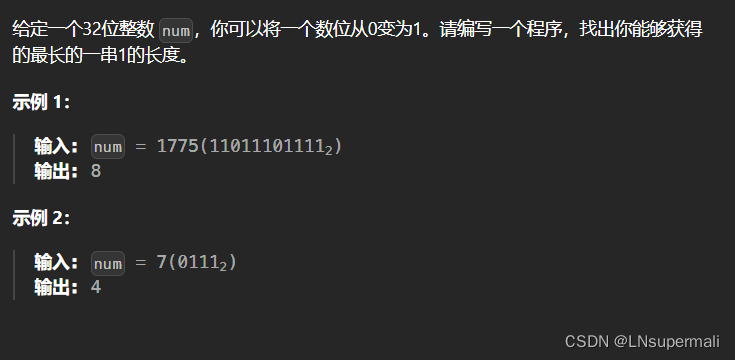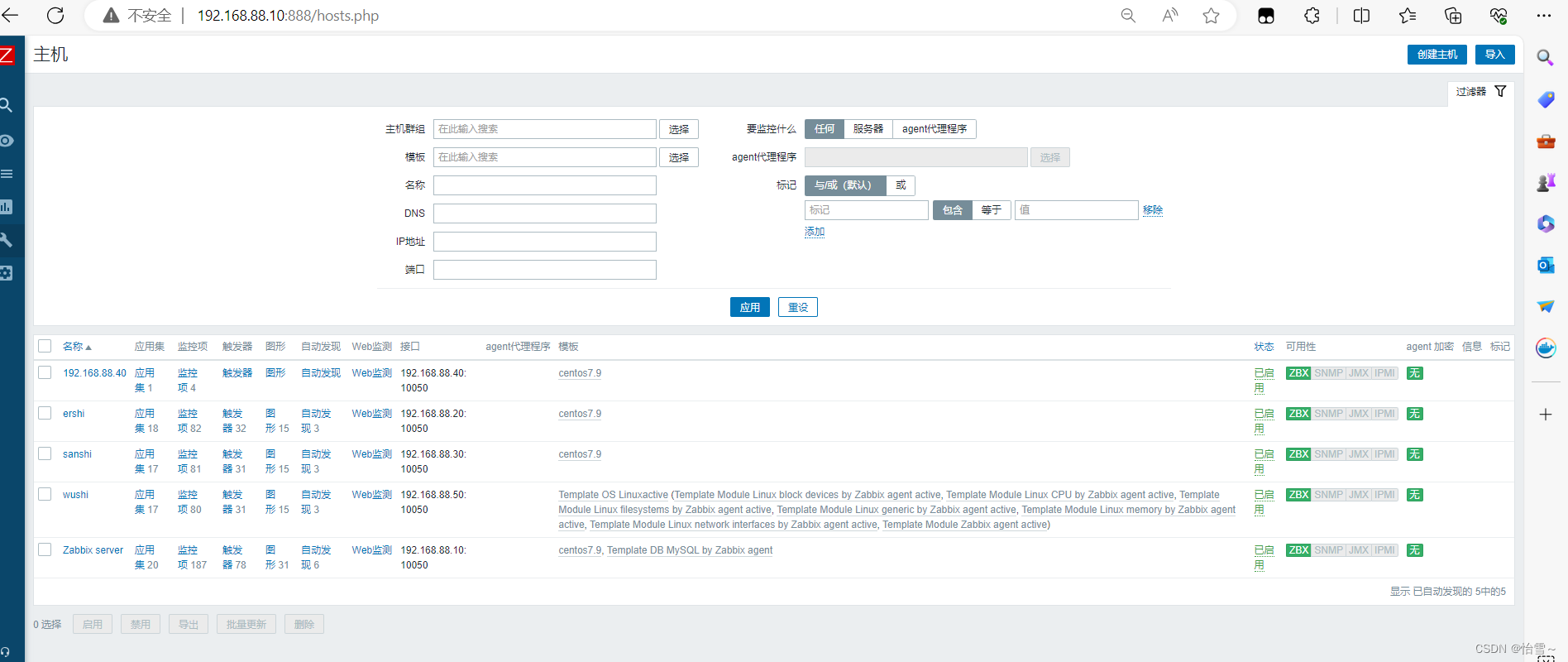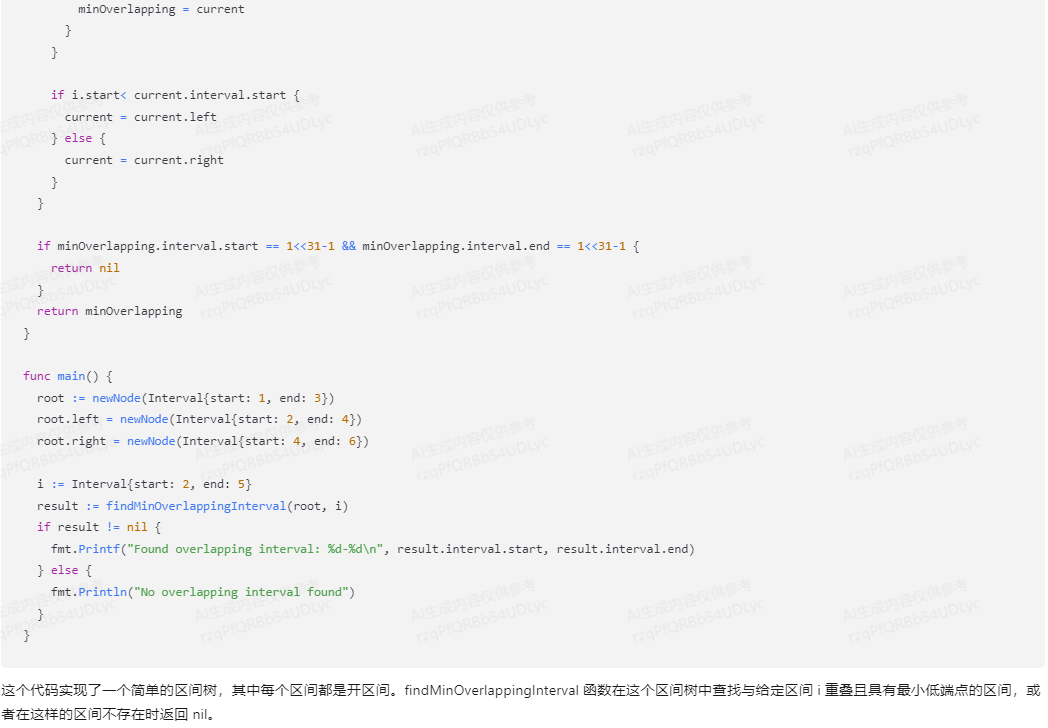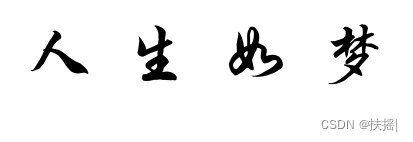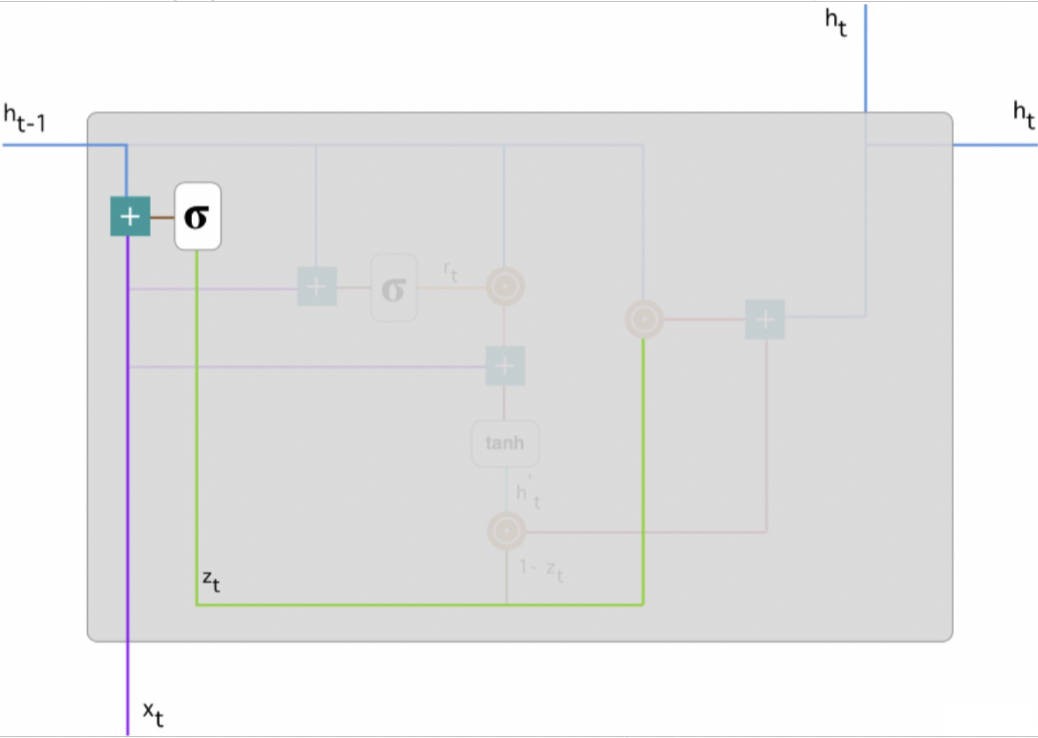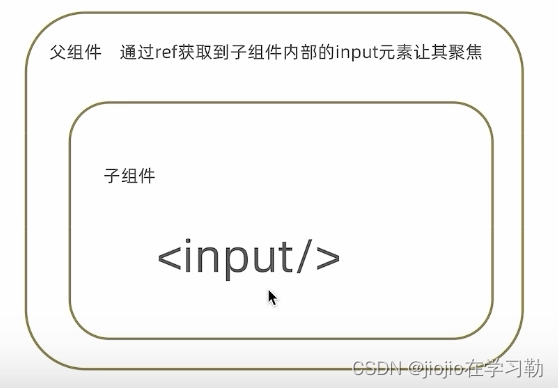目录
一、继承的概念
二、基类和派生类对象赋值转换
三、继承的作用域
四、派生类的默认成员函数
五、继承与友元
六、继承与静态成员变量
七、菱形继承与虚拟继承
一、继承的概念
继承是指一个类可以通过继承获得另一个类的属性和方法,扩展自己的功能,提高了代码的复用性,增加了类与类之间的耦合性。
继承机制允许程序员在保持原有类特性的基础上进行扩展,增加功能,产生新的派生类。
#define _CRT_SECURE_NO_WARNINGS 1
#include <iostream>
using namespace std;
class Person
{
public:
void Print()
{
cout << "name: " << _name << ", " << "age: " << _age << endl;
}
private:
string _name = "unknow";
int _age = 0;
};
class Student : public Person
{
private:
string _stuID = "";
};
class Teacher : public Person
{
private:
string _jobID = "";
};
int main()
{
Student s;
Teacher t;
cout << typeid(s).name() << endl;
cout << typeid(t).name() << endl;
s.Print();
t.Print();
return 0;
}| 类成员 / 继承方式 | public继承 | protect继承 | private继承 |
| 基类的public成员 | 派生类的public成员 | 派生类的protect成员 | 派生类的private成员 |
| 基类的protect成员 | 派生类的protect成员 | 派生类的protect成员 | 派生类的private成员 |
| 基类的private成员 | 派生类中不可见 | 派生类中不可见 | 派生类中不可见 |
由上表可见,类的继承遵循权限缩小原则,与函数传参类似。
二、基类和派生类对象赋值转换

#define _CRT_SECURE_NO_WARNINGS 1
#include <iostream>
using namespace std;
class Person
{
protected:
string _name; // 姓名
string _sex; // 性别
int _age; // 年龄
};
class Student : public Person
{
public:
int _No; // 学号
};
void Test()
{
Student sobj;
// 1.子类对象可以赋值给父类对象/指针/引用
Person pobj = sobj;
Person* pp = &sobj;
Person& rp = sobj;
//2.基类对象不能赋值给派生类对象
sobj = pobj;
// 3.基类的指针可以通过强制类型转换赋值给派生类的指针
pp = &sobj;
Student* ps1 = (Student*)pp; // 这种情况转换时可以的。
ps1->_No = 10;
pp = &pobj;
Student* ps2 = (Student*)pp; // 这种情况转换时虽然可以,但是会存在越界访问的问题
ps2->_No = 10;
}三、继承的作用域
在继承体系中基类和派生类都有独立的作用域,子类和父类中有同名成员,子类成员将屏蔽父类对同名成员的直接访问,这种情况叫隐藏,也叫重定义。(在子类成员函数中,可以使用 基类::基类成员 显示访问)。
#define _CRT_SECURE_NO_WARNINGS 1
#include <iostream>
using namespace std;
// Student的_num和Person的_num构成隐藏关系,可以看出这样代码虽然能跑,但是非常容易混淆
class Person
{
protected:
string _name = "小李子"; // 姓名
int _num = 111; // 身份证号
};
class Student : public Person
{
public:
void Print()
{
cout << " 姓名:" << _name << endl;
cout << " 身份证号:" << Person::_num << endl;
cout << " 学号:" << _num << endl;
}
protected:
int _num = 999; // 学号
};
int main()
{
Student s1;
s1.Print();
};四、派生类的默认成员函数
派生类对象初始化先调用基类构造再调派生类构造。
派生类对象析构清理先调用派生类析构再调基类的析构
派生类的拷贝构造函数必须调用基类的拷贝构造完成基类的拷贝初始化。
派生类的operator=必须要调用基类的operator=完成基类的复制。
#define _CRT_SECURE_NO_WARNINGS 1
#include <iostream>
using namespace std;
class Person
{
public:
Person(const char* name = "peter")
: _name(name)
{
cout << "Person()" << endl;
}
Person(const Person& p)
: _name(p._name)
{
cout << "Person(const Person& p)" << endl;
}
Person& operator=(const Person& p)
{
cout << "Person operator=(const Person& p)" << endl;
if (this != &p)
_name = p._name;
return *this;
}
~Person()
{
cout << "~Person()" << endl;
}
protected:
string _name; // 姓名
};
class Student : public Person
{
public:
Student(const char* name, int num)
: Person(name)
, _num(num)
{
cout << "Student()" << endl;
}
Student(const Student& s)
: Person(s)
, _num(s._num)
{
cout << "Student(const Student& s)" << endl;
}
Student& operator = (const Student& s)
{
cout << "Student& operator= (const Student& s)" << endl;
if (this != &s)
{
Person::operator =(s);
_num = s._num;
}
return *this;
}
~Student()
{
cout << "~Student()" << endl;
}
protected:
int _num; //学号
};
int main()
{
Student s1("jack", 18);
Student s2(s1);
Student s3("rose", 17);
s1 = s3;
}
/*
Person()
Student()
Person(const Person& p)
Student(const Student& s)
Person()
Student()
Student& operator= (const Student& s)
Person operator=(const Person& p)
~Student()
~Person()
~Student()
~Person()
~Student()
~Person()
*/五、继承与友元
友元函数定义在类外部,可以访问类的私有成员和保护成员。
友元关系不能继承,也就是说基类友元不能访问子类私有和保护成员。
#define _CRT_SECURE_NO_WARNINGS 1
#include <iostream>
using namespace std;
#define _CRT_SECURE_NO_WARNINGS 1
class Student;
class Person
{
public:
friend void Display(const Person& p, const Student& s);
protected:
string _name; // 姓名
};
class Student : public Person
{
protected:
int _stuNum; // 学号
};
void Display(const Person& p, const Student& s)
{
cout << p._name << endl;
cout << s._stuNum << endl; // 无法访问
}
void main()
{
Person p;
Student s;
Display(p, s);
}六、继承与静态成员变量
基类定义了static静态成员,则整个继承体系里面只有一个这样的成员。无论派生出多少个子类,都只有一个static成员实例 。
#define _CRT_SECURE_NO_WARNINGS 1
#include <iostream>
using namespace std;
#define _CRT_SECURE_NO_WARNINGS 1
class Person
{
public:
Person() { ++_count; }
protected:
string _name; // 姓名
public:
static int _count; // 统计人的个数。
};
// 静态成员在类外部赋值
int Person::_count = 0;
class Student : public Person
{
protected:
int _stuNum; // 学号
};
class Graduate : public Student
{
protected:
string _seminarCourse; // 研究科目
};
void main()
{
Student s1;
Student s2;
Student s3;
Graduate s4;
cout << " 人数 :" << Person::_count << endl;
Student::_count = 0;
cout << " 人数 :" << Person::_count << endl;
}七、菱形继承与虚拟继承
菱形继承是多继承的一种特殊情况,但是菱形继承有数据冗余和二义性的问题。

#define _CRT_SECURE_NO_WARNINGS 1
#include <iostream>
using namespace std;
#define _CRT_SECURE_NO_WARNINGS 1
class Person
{
public:
string _name; // 姓名
};
class Student : public Person
{
protected:
int _num; //学号
};
class Teacher : public Person
{
protected:
int _id; // 职工编号
};
class Assistant : public Student, public Teacher
{
protected:
string _majorCourse; // 主修课程
};
void main()
{
// 这样会有二义性无法明确知道访问的是哪一个
Assistant a;
a._name = "peter"; // 报错,Assisitant::_name 不明确
// 需要显示指定访问哪个父类的成员可以解决二义性问题,但是数据冗余问题无法解决
a.Student::_name = "xxx";
a.Teacher::_name = "yyy";
}虚拟继承可以解决菱形继承的二义性和数据冗余的问题。如上面的继承关系,在Student和Teacher的继承Person时使用虚拟继承,即可解决问题。需要注意的是,虚拟继承不要在其他地方去使用。
#define _CRT_SECURE_NO_WARNINGS 1
#include <iostream>
using namespace std;
#define _CRT_SECURE_NO_WARNINGS 1
class Person
{
public:
string _name; // 姓名
};
class Student : virtual public Person
{
protected:
int _num; //学号
};
class Teacher : virtual public Person
{
protected:
int _id; // 职工编号
};
class Assistant : public Student, public Teacher
{
protected:
string _majorCourse; // 主修课程
};
void main()
{
// 这样会有二义性无法明确知道访问的是哪一个
Assistant a;
a._name = "peter"; // 报错,Assisitant::_name 不明确
// 需要显示指定访问哪个父类的成员可以解决二义性问题,但是数据冗余问题无法解决
a.Student::_name = "xxx";
a.Teacher::_name = "yyy";
}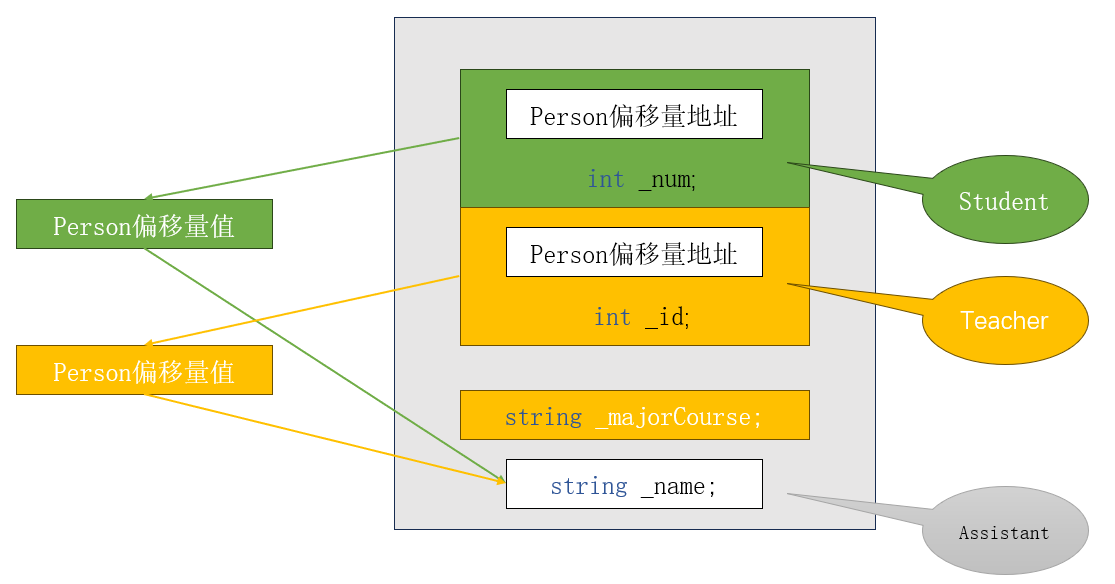
虚继承会维护一张虚基表,每个虚成员函数的类都指向虚基表的指针,通过虚基表中存储的偏移量找到公共父类的成员变量。
